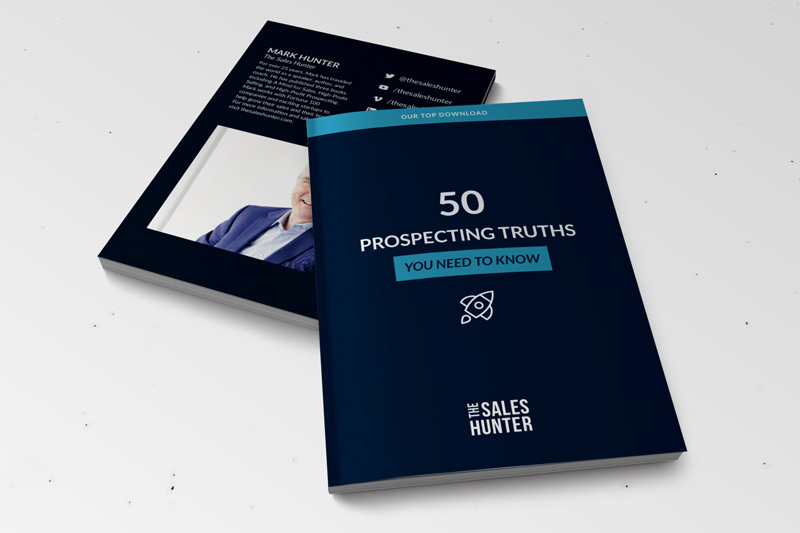It is easy to think your goal with an RFP should be to get the sale. But your first goal should simply be to get a meeting.
It is absolutely essential that when you respond to a RFP, you break it down into smaller tasks. One of the tasks for nearly all RFPs is to approach the initial response as working to get you a face-to-face meeting with the customer.
If the RFP you’re responding to mandates no meetings — no contact whatsoever — then it’s probably not an RFP you even want to be responding to anyway. The reason is simple — the customer is going to base their decision solely on price and criteria they have selected. I’m sorry but these are customers with whom I don’t want to do business, because price is not a sustainable competitive advantage.
There will always be someone somewhere who can beat me on price. And if the customer is focused 100% on price, then they are not strategically focused. Unless a customer is strategically focused, it will be nearly impossible for me to develop any type of a meaningful relationship with them.
Now back to the objective of getting a meeting. The reason I set getting a meeting as my first goal is to provide me with the opportunity of being able to listen to the customer express their needs. A face-to-face meeting also helps me better understand their goals and strategic objectives. When I can begin to understand these, then I can start to understand how best I can assist them.
It doesn’t matter if what you’re selling is a product or a service, the ability to sit and discuss with the customer will always work to your advantage and to the customer’s advantage. I say it will work to the customer’s advantage because they will be able to better understand their needs as you ask them to articulate them to you.
Be upfront in your initial response to the RFP. Ask for the meeting and also be proactive in putting in front of them questions that will get the customer thinking about their needs. The questions you ask don’t have to be ones for which you necessarily have the answer.
I like to ask questions that neither myself nor the customer is going to know the answer to. At least by getting them out in front of the customer, it allows them to view me differently. That helps separate me from the competition.
Provide to the customer in your RFP response options and ranges, even if they’re not asking for them. Again, the objective is to help them see you have ideas worth exploring. One thing you don’t want to do is to turn your response into a giant commercial or advertisement about how great you are. Yes, you do want them to know you can take care of their business, but if you make your response nothing but an ad, then they’ll be less hesitant to sit down with you. They will fear that you will turn the meeting into nothing more than a bragging session about you.
Your goal is to make it all about the customer. Pose questions, offer options and ask for the meeting — nothing more, nothing less.
Copyright 2010, Mark Hunter “The Sales Hunter.” Sales Motivation Blog.











